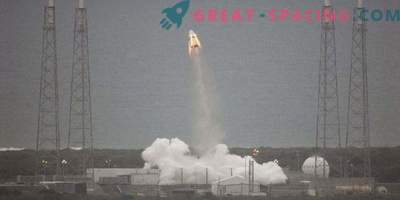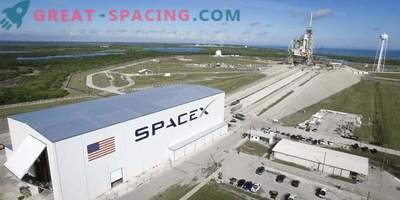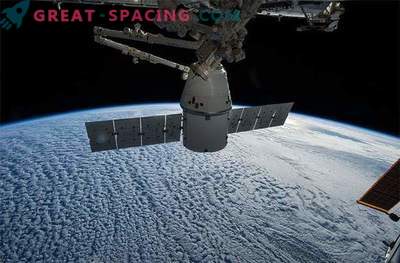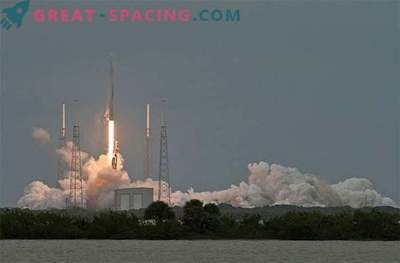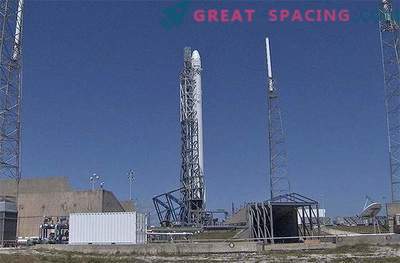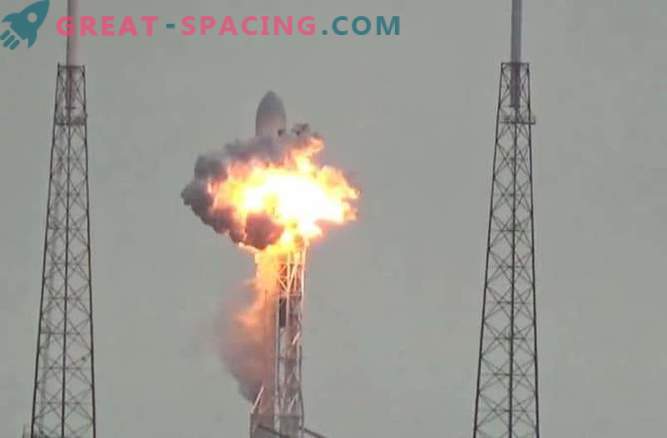
Researchers have long puzzled over why the SpaceX Falcon 9 rocket caught fire on the launch pad two months ago. And they managed to find a clear clue. They found that the liquid oxygen of the rocket accidentally cooled to such a temperature that it became solid. In turn, this transformation caused a chemical reaction with a carbon composite container containing liquid helium, which is located inside the oxygen tank.
This problem provoked a series of explosions that destroyed the rocket and its cargo - a communications satellite for 200 million dollars, which was to be delivered into orbit 2 days later. The accident occurred when the rocket was fueled before the usual launch to test the engine on 1 September.
SpaceX founder Ilon Musk called the problem surprising and said that this had never happened before in the history of rocket science.
But it is not so. 8 months before the accident, a panel of highly respected aerospace experts told NASA that the lack of a re-circulating pump on board the rocket could be a safety concern. “We are concerned that pre-cooling of the tank and water supply may not be enough in the planned scenario of filling with an oxidizing agent,” former astronaut Thomas Stafford and members of the International Space Station Advisory Committee wrote in a letter to NASA in December 2015.
The letter was published on Friday.
“Without repeated treatment, oxidizer temperature stratification may occur, which will cause a change in the initial conditions for the oxidizer pump,” the letter says.
For example, NASA’s space shuttle uses a recirculation system and high pressure piping to maintain the temperature of liquid oxygen. This was told by former director of shuttle launches Mike Leinbach.
“That's the secret,” he added.
NASA also had several stories of liquid oxygen, which behaved unfriendly with a composite fuel tank developed as part of the experimental X-33 spacecraft in the 1990s.
“When testing on a composite tank, cracks appeared during ignition. The composite was used to save weight. He was never able to overcome this technical barrier, which led to the death of the program, ”Leinbach writes in an email. In the letter, Stafford raised the issue of the lack of a re-circulating pump as part of a broader safety topic. He was concerned about the SpaceX plans to fill the rocket with fuel when the astronauts were already on board. All previous missiles used to launch people were fed before the crew arrived at the launch site.
SpaceX is one of two companies that NASA has hired to deliver astronauts to the comic station since 2018. During a committee meeting last week, Stafford also questioned SpaceX's extraordinary practice of installing helium canisters inside an oxygen tank. Helium, as part of an overpressure system, is usually located outside the oxygen tank.
SpaceX has not yet reported what they will do with the problem of the fueling system. But on Friday, Musk said that he was seeking to return Falcon 9 to working condition until the middle of December.

